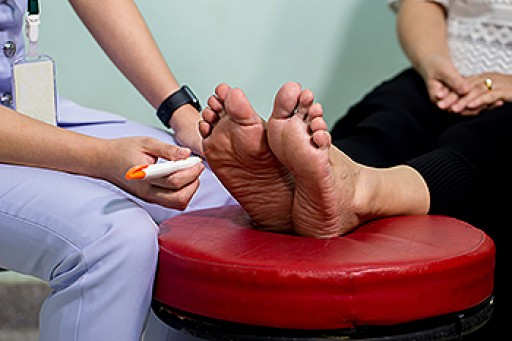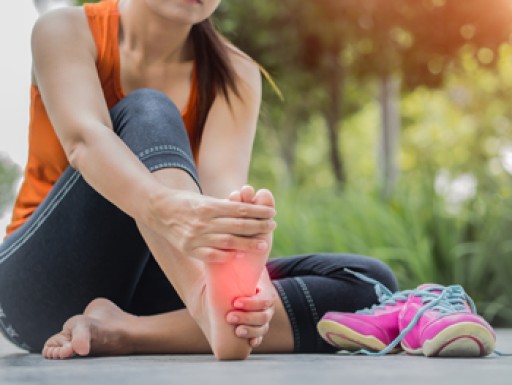
A blister can cause annoyance and discomfort to people who enjoy running. Blisters are defined as a small area of skin that resembles a bubble. It is filled with a fluid that protects the damaged skin as new skin forms underneath it. It is considered to be the body’s natural defense mechanism as the skin heals. A blister generally develops as a result of friction that can come from wearing shoes and socks that do not fit correctly. Blisters can be painful and may become infected, if not treated properly. There are some patients who notice blisters have formed from having an allergic reaction, or from medical conditions like eczema and psoriasis. There are specific things that can be done to protect the blister. These include refraining from bursting or peeling the blister away from the skin and wearing shoes that do not rub against the blister. If you have a blister that won’t heal or becomes infected, please consult with a podiatrist who can offer you methods on how to avoid getting blisters on the feet.
Blisters may appear as a single bubble or in a cluster. They can cause a lot of pain and may be filled with pus, blood, or watery serum. If your feet are hurting, contact one of our podiatrists of Footcare Now. Our doctors can provide the care you need to keep you pain-free and on your feet.
Foot Blisters
Foot blisters are often the result of friction. This happens due to the constant rubbing from shoes, which can lead to pain.
What Are Foot Blisters?
A foot blister is a small fluid-filled pocket that forms on the upper-most layer of the skin. Blisters are filled with clear fluid and can lead to blood drainage or pus if the area becomes infected.
Symptoms
(Blister symptoms may vary depending on what is causing them)
- Bubble of skin filled with fluid
- Redness
- Moderate to severe pain
- Itching
Prevention & Treatment
In order to prevent blisters, you should be sure to wear comfortable shoes with socks that cushion your feet and absorb sweat. Breaking a blister open may increase your chances of developing an infection. However, if your blister breaks, you should wash the area with soap and water immediately and then apply a bandage to the affected area. If your blisters cause severe pain it is important that you call your podiatrist right away.
If you have any questions, please feel free to contact our offices located in Elmhurst Jackson Heights, and Astoria, NY . We offer the newest diagnostic and treatment technologies for all your foot care needs.











